Structural & Acoustics Blog Posts
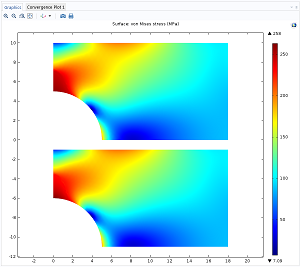
Introducing Nonlinear Elastic Materials
Examples of nonlinear elastic material models: Ramberg-Osgood, Duncan-Chang, Hardin-Drnevich, Power law, and more. We discuss how to apply nonlinear elastic materials in your analyses.
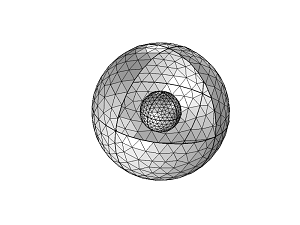
Computing View Factors with the Heat Transfer Module
Interested in computing geometrical view factors in COMSOL®? There are operators for postprocessing that correspond to the operators used to generate surface-to-surface equations. Learn more.
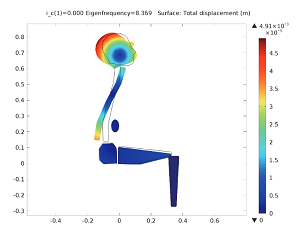
Biomechanical Model Evaluates Human Response to Vibrations
Take a look at a biomechanical model of the human body in a sitting posture, which can be used to analyze how vibrations (like those from a moving vehicle) affect different parts of the body.
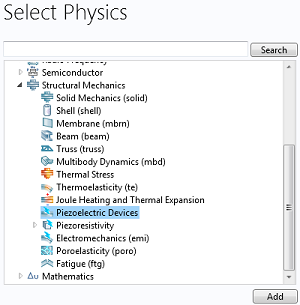
New Piezoelectric Modeling Interface in COMSOL 5.0
As of version 5.0 of COMSOL Multiphysics®, there is a new interface for simulating piezoelectric devices; it has predefined features that make it easy to set up and run a piezoelectric model.
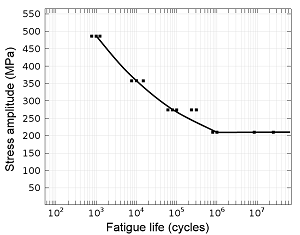
How to Obtain Fatigue Model Parameters
2 challenges when modeling fatigue: 1.) selecting a suitable fatigue model for your application and 2.) obtaining the material data for the selected model.
Modeling a Surface Micromachined Accelerometer
There are plenty of MEMS manufacturing techniques, but surface micromachining is preferred because it can merge electronic components and freely moving mechanical parts onto one substrate.
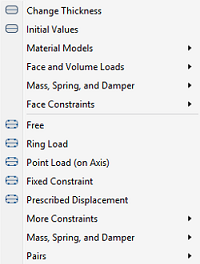
Membrane Interface Improvements in Version 5.0
As of version 5.0 of COMSOL Multiphysics®, the Membrane interface includes a restructured menu, new feature nodes, improvements to the Linear Elastic Material model, and more.
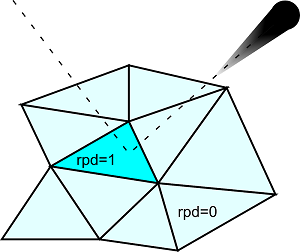
New Accumulators Boost Particle and Ray Tracing Functionality
Accumulators, a series of features available in the Particle Tracing Module, can be used to couple the results of a particle tracing simulation to other physics interfaces.
